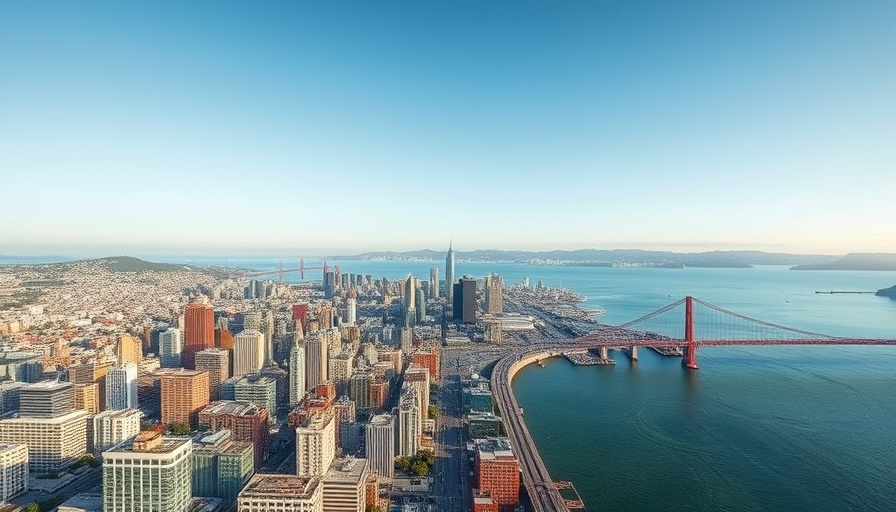
Strada's Vision: A New Era for San Francisco’s Waterfront
The San Francisco Port Commission's recent unanimous decision to allow Strada to split its waterfront project marks a pivotal shift in the development landscape of the city. With housing prioritized over commercial office space, this initiative signifies a commitment to accommodating the growing demand for residential units, particularly in urban areas struggling with housing shortages.
The Decision to Build Homes First
Strada’s focus on residential buildings for the Pier 30-32 site demonstrates a dedication to community needs. In a time when housing crises plague major cities across the US, this decision aligns with broader regional goals to enhance livability. Officials believe that building homes first will foster a vibrant community atmosphere, drawing families and individuals who seek connection by the waterfront.
The Balancing Act: Housing vs. Commercial Developments
The choice to delay the construction of office spaces in favor of homes alludes to a recalibrated vision of urban development in San Francisco. While the tech-driven economy once fueled a demand for commercial real estate, recent trends show a pressing need for housing solutions. This decision showcases a shift in priorities from corporate interests to community welfare, marking a potential turning point in San Francisco’s urban planning.
Potential for Community Amenities
Beyond residential homes, the future of Strada’s project includes plans for a public pool and other community-focused spaces. Such amenities promise to enrich the lives of residents and enhance neighborhood connectivity. As families seek environments supportive of both recreation and relaxation, the public pool could serve as both a community hub and a vibrant landmark for the waterfront.
Challenges Ahead: Regulatory and Community Concerns
Despite the excitement surrounding this development, challenges loom on the horizon. State regulators have previously expressed concerns regarding the original redevelopment plans for Pier 30-32. Strada’s ability to navigate these regulatory waters while addressing community feedback will be crucial for the success of the project. It’s essential to balance development with environmental sustainability and cultural preservation, ensuring the project complements, rather than disrupts, the existing community fabric.
A Bigger Picture Perspective: Waterfront Development Trends
Strada’s project isn’t happening in isolation. Across the Bay Area, similar initiatives are emerging, focusing on vibrant communities rather than mere economic gain. Trends indicate a pivot towards multifunctional spaces that blend residential living with recreational and commercial activities. By putting homes at the forefront of its design, Strada is ahead of the curve, acknowledging the transformative power of integrated urban planning.
Conclusion: A Step Towards Community Development
As Strada embarks on this ambitious project, it represents an opportunity for reimagining how waterfront spaces can serve resident communities. Investing in housing before commercial structures may seem unconventional, yet it reflects a growing understanding of urbanism that prioritizes people over profits. The success of this development could serve as a blueprint for future projects across urban landscapes.
 Add Row
Add Row  Add
Add 




 Add Row
Add Row  Add
Add 

Write A Comment